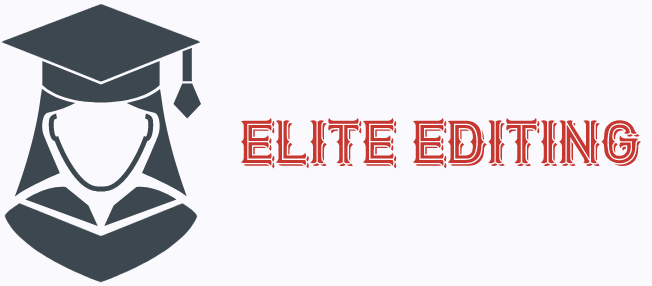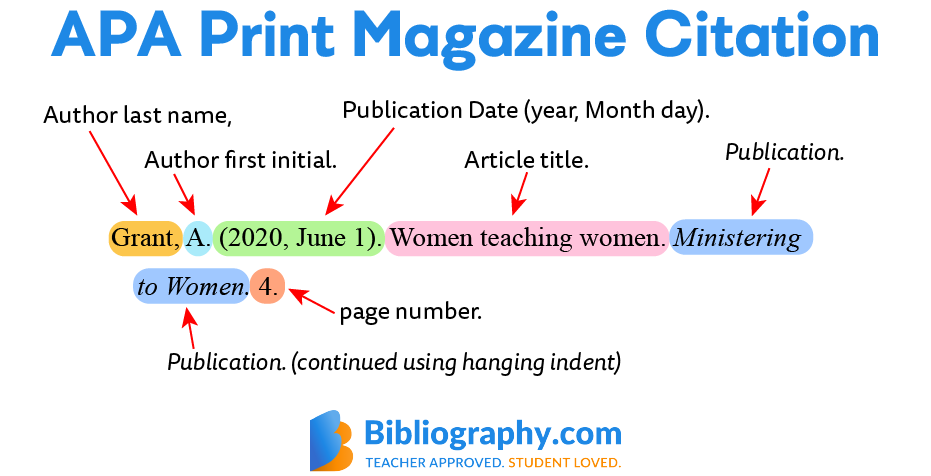If you’re trying to figure out how to cite an article in text APA style, you’ve probably come across a few new terms. For example, what is the difference between the rules of APA 7th Edition and MLA 6th edition? If you’re unsure, read through the guidelines in your style guide. In this article, we’ll cover the Rules and Format sections, as well as the Signal phrases.
APA style
Generally, the author of an article must be included in the text if it is cited in the paper. The author may be a single individual or a group. For the simplest in-text citation, just state the title of the source and include the author and date. Listed below are the rules and the proper format for citations. You may also need to follow the format for an author’s name and website address.
A DOI is a unique alphanumeric string assigned by a registration agency. It is a persistent link to content, making it an essential part of an effective citation. It is recommended that you include the DOI in your text if it is available. In APA style, a DOI is an identifier for a specific article. It is also recommended that you include the DOI as a URL.
Format
How to cite an article in text in the APA style is the same as citing an article in the references list. Unless an article is authored by more than one person, the author’s last name should appear at the end of the reference list. In addition, all citations must include the DOI, which stands for digital object identifier. This unique alphanumeric string provides a persistent link to the article content. DOIs are considered the most important part of the citation, because they direct readers to the specific article. In addition, you must include the URLs of any articles containing DOIs.
The author and publication year should match the reference list entry, although a person’s last name should be used instead. When using a group of authors, use the title of the source instead. The page number of the source should only be used when direct quotes are used. The in-text citations should include the author and date of the source, but different styles are allowed. The table below lists the differences between these two in-text citation styles.
Rules
There are certain rules to follow when citing an article in text. In general, you will include the author, year, and article title of the original source. However, if the source is not an article, you should include the title of the source rather than its author. APA style does not advise that you include an entire website in your References list. However, it is perfectly acceptable to cite an entire webpage if you have paraphrased the author’s ideas.
When citing an article in text, the title of the article should be in regular font. If the author is unknown, the title should be italicized. If the title of the article is italicized, you should include the title in the in-text citation. For works by anonymous authors, you should use double quotation marks around the title. In the reference list, you should include the author’s name but exclude the first name.
Signal phrases
When citing an article in text, you should use signal phrases to show where content is taken from and which portions are your own analysis. The GMU Writing Center provides a guide on signal phrases and suggested words for them. Signal phrases can be general statements about a study or article that you have read, and they should be in the same order as in the reference list. Use a semicolon between each citation.
When citing a source in text, you need to make sure that the verb used in the signal phrase matches the citation’s intention. It also needs to fit the content that follows the quote. Some quotes express disagreement, while others are paraphrases that are meant to convey a negative opinion. For this reason, you need to choose a verb that matches the tone of the quote. Here are some examples:
References list
Referencing your source material can be complicated, so be sure to know the proper formatting. To follow APA 7th edition formatting guidelines, cite all sources in a reference list, using double-spaced lines and hanging indents. Another easy way to achieve hanging indents in Word is by selecting the reference list and pressing ctrl+t. Here are a few tips:
For articles, use a separate entry for each page of your article. Make sure your in-text citations match the relevant reference list entry. If you have multiple entries with the same year or author, differentiate them with the letter following the n.d. or by using alphabetical order by title. Similarly, place references with no dates in the first spot, followed by references with dates in the second and third positions. And remember to include the URLs of all sources that you reference.

